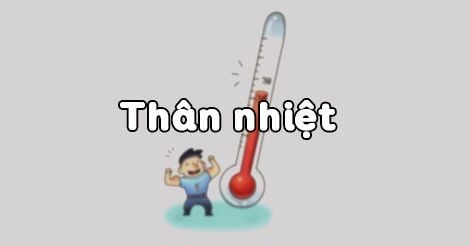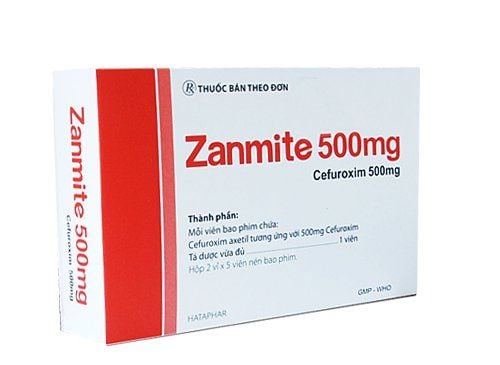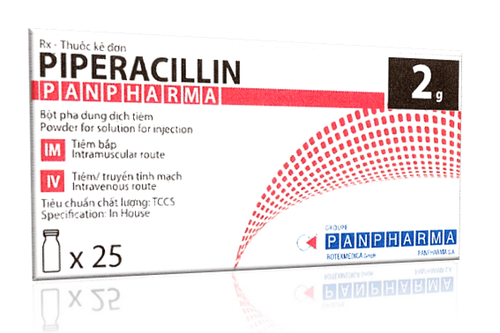This is an automatically translated article.
Vasoconstrictors and inotropes are general emergency medications and are indicated for use in the management of shock situations. The use of these drugs helps to quickly restore hemodynamic status, maintain blood pressure and ensure the patient's life while waiting for the causes of shock to be rectified as well as time for the organ systems to recover.
1. What are vasopressors and inotropes?
Heart rate, pulse rate and blood pressure are the basic parameters that evaluate the functioning of the circulatory system in the body. Only when these parameters are stable, the blood supply to the organs is adequate, and the vital activities of the body are guaranteed.
When the heart contracts effectively, each beat of the heart pumps a certain volume of blood into the great arteries. Accompanying the condition of myocardial contractility is vascular tone, these two factors constitute blood pressure, ie blood pressure in the vessel as well as tissue perfusion pressure. If for any reason either, the heart or the vasculature is damaged, or both, the blood to the organs is not enough, the tissues will be deprived of oxygen, leading to the formation of lactic acid and organ failure, later death.
Thus, to combat this situation, it is necessary to use vasopressors and inotropic drugs. These are all drugs that have a positive effect on the circulatory system. Inotropic drugs will have the role of rapidly increasing myocardial contractility and increasing heart rate. Vasoconstrictor will have the role of increasing vascular tone, peripheral blood vessels constrict. The combination of these two groups of drugs will quickly increase blood pressure values, maintain circulatory function for the body.
However, because these drugs have a very rapid activation effect, as soon as they are started, it is necessary to rapidly monitor hemodynamic parameters such as cardiac output, arterial pressure and even mean venous pressure. center (if any). These parameters will be the foundation to continuously adjust the drug accordingly, in order to maintain the highest effectiveness for the patient as well as minimize the side effects, especially when taking high doses.
At the same time, the use of vasopressors and inotropes only helps in a temporary situation. The active search and correction of the factors that cause circulatory failure is the most important factor in helping the patient get out of the critical situation.
2. Indications for the use of vasoconstrictor and inotropic agents in shock
Indications for the use of vasopressors and inotropes in shock in patients vary according to the cause of the shock.
Shock is a condition where there is not enough blood supply for the needs of tissues, causing disturbances in cell metabolism and dysfunction of tissues and organs. There are four main types of shock: (1) hypovolemic shock, (2) distributive shock, (3) cardiogenic shock, and (4) obstructive shock. Each type has different indications for vasopressors and inotropes. However, regardless of the type of shock, the commonly used vasoconstrictors and inotropes are norepinephrine, epinephrine, dopamine, and dobutamine.
Distributive shock is usually caused by sepsis , neurogenic shock and anaphylaxis . These types of shock are caused by loss of elasticity of the vascular system leading to excessive dilation or excessive vascular permeability. Therefore, in this situation, the use of vasopressors plays a key role in increasing the tone of the vessel walls, increasing blood pressure. The target mean blood pressure should be between 60 and 65 mmHg to maintain organ perfusion pressure.
Accordingly, if, after fluid resuscitation with fluid resuscitation, blood pressure does not improve to about 60 mmHg, vasopressors should be initiated. Norepinephrine is recommended as the first-line vasopressor in this setting. If there is still no response, vasopressin or epinephrine are the two vasopressors recommended in addition to norepinephrine.
Cardiogenic shock most commonly occurs in the setting of acute myocardial infarction. Decreased myocardial contractility leads to a decrease in cardiac output and a decrease in both systolic and diastolic blood pressure. The result is hypoperfusion and organ dysfunction, which in turn leads to worsening heart damage. At this time, the initial treatment is to ensure that the body has enough fluid in the blood vessels.
If fluid is sufficient but hypotension persists, then additional inotropic agents rather than vasopressors are required. Accordingly, the drug is indicated as dobutamine with an average blood pressure target of 65 mm Hg. If blood pressure is still not achieved, vasopressors may be added to further assist in restoring blood pressure.
In contrast to distributive and cardiogenic shock, in hypovolemic and obstructive shock, vasopressors and inotropes are not the first indications. In hypovolemic shock, it is important to immediately restore effective volume to the patient by increasing the amount of oral fluid that is still available or by intravenous infusion. When the intravascular volume is full, the blood pressure in hypovolemic shock will rapidly recover.
Similar to hypovolemic shock, in obstructive shock the priority is to clear the blockage in the circulatory pathway. However, to do this often requires surgical intervention. If, for any reason, emergency surgery is not possible, vasopressors may be used to temporarily maintain the patient's effective blood pressure.
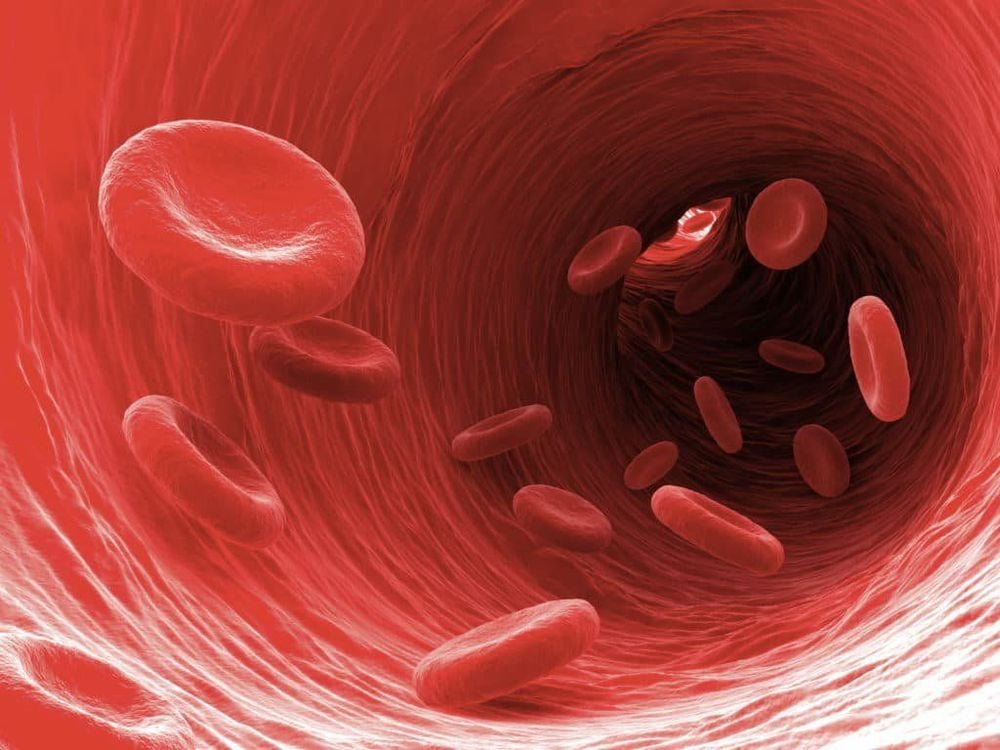
Một trong những nguyên nhân gây choáng là do nhiễm trùng huyết
3. How to use vasoconstrictor drugs and increase contractility
All vasopressors and inotropes are administered intravenously.
The method of choice in practice is continuous intravenous infusion using an injector with the most accurate rate and concentration titrated to achieve the desired effect.
Usually, the peripheral vein will be the first choice because of its convenience and ease of use, but it should only be used for a short time, in order to limit side effects. If long-term use is indicated, it should be administered via a central vein and this will allow the drug to work more effectively.
4. Undesirable side effects of vasoconstrictor and inotropic drugs
Adverse effects of vasopressors and inotropes will depend on the mechanism of action. However, most drugs are beta-adrenergic agonists, and arrhythmia is one of the most common side effects.
Dopamine acts by different mechanisms and also has side effects such as hypotension, tachycardia, local tissue necrosis and gangrene if extravascularization occurs.
Epinephrine can cause the heart rate to increase too quickly, making the patient excited if awake. Norepinephrine has the same side effects as epinephrine, but can also cause bradycardia and arrhythmias.
Adverse effects of drugs that increase myocardial contractility such as dobutamine are excessive hypertension or hypotension, arrhythmia, angina pectoris, acute myocardial infarction. Dobutamine can especially cause hypokalemia and local tissue necrosis with extravasation. In addition, in situations of severe heart failure, dobutamine use has also been shown to increase mortality with prolonged use.
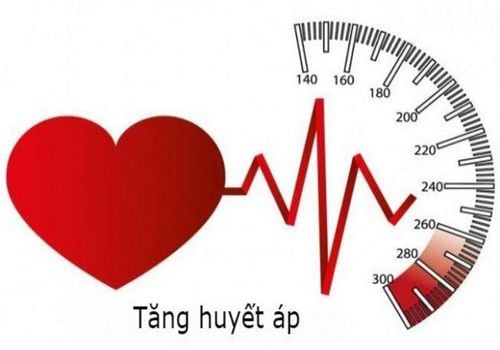
Thuốc co mạch và tăng co bóp có thể gây ra tác dụng phụ là tăng huyết áp
5. How to monitor when using vasoconstrictor and inotropic drugs
All patients requiring vasopressors and inotropes should be closely monitored throughout the dosing period.
The monitoring includes vital indicators, such as heart rate, arterial blood pressure, preferably measured through an intra-arterial catheter, central venous pressure is also measured through a catheter. In addition, the amount of water entering and leaving the body every day also needs to be monitored to ensure adequate fluid in the blood vessels.
Besides, continuous electrocardiogram monitoring is also essential to early detection of arrhythmias and timely treatment. In addition, if the peripheral line is used, the needle placement still needs to be checked continuously, in order to avoid the risk of extravasation, both losing the effectiveness of the drug, and causing local necrotic lesions.
In summary, vasopressors and inotropes are very commonly used drugs in patients with shock. Depending on the mechanism of shock, the type of drug and the dose used are different. During the use of these drugs, patients need to be closely monitored as well as actively address the cause of the shock, both to help restore hemodynamic status quickly, and to limit unwanted side effects. desire of vasopressors and inotropes with long-term use.
Shock is a symptom of many dangerous diseases, so as soon as you encounter this condition, immediately go to a reputable medical facility to be examined and consulted by a doctor. To register for examination and treatment at Vinmec International General Hospital, you can contact Vinmec Health System nationwide, or register online HERE.
Reference source: drugs.com; ncbi.nlm.nih.gov; sld.cu.
MORE:
Application of vasoconstrictor in the treatment of Nasal vasoconstrictor: Reasons not to use it for a long time How to deal with benign paroxysmal vertigo




